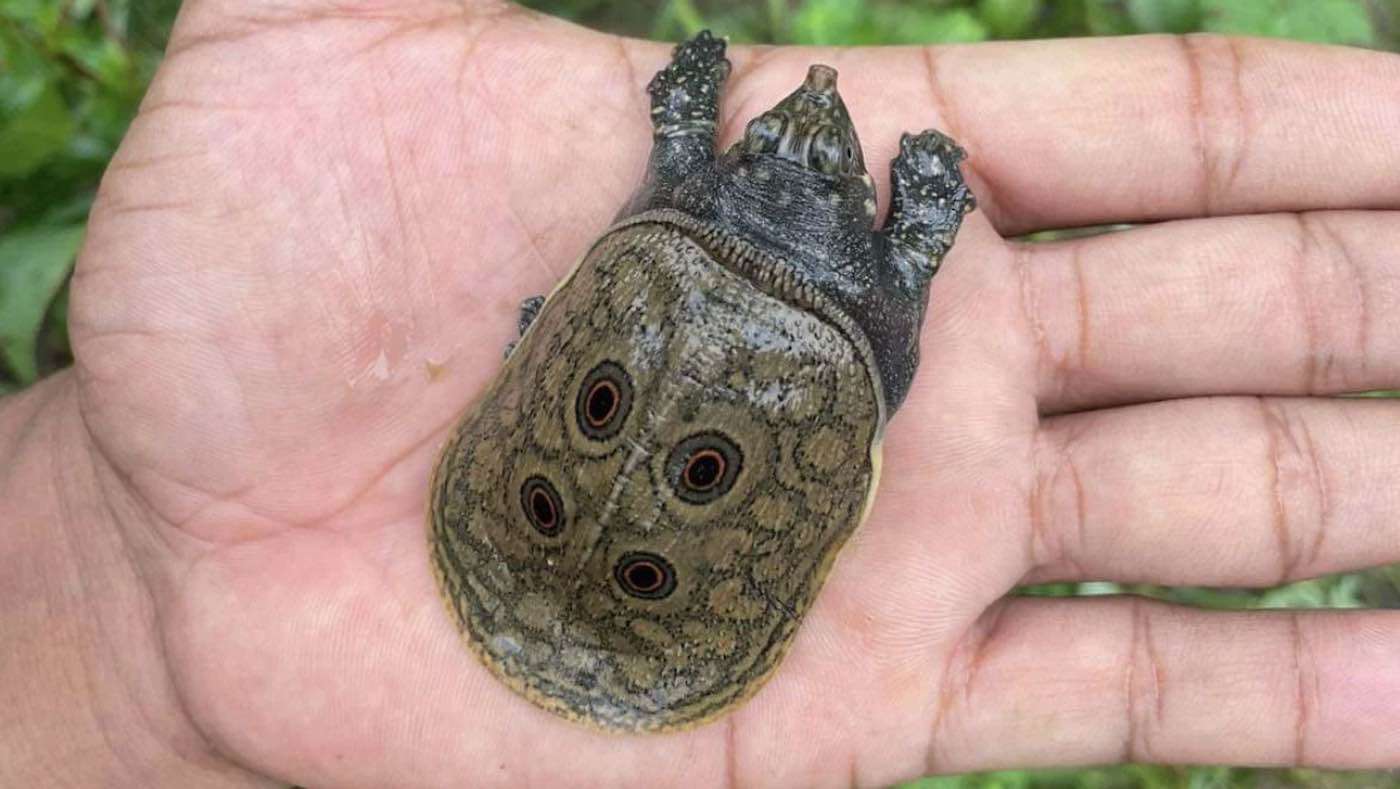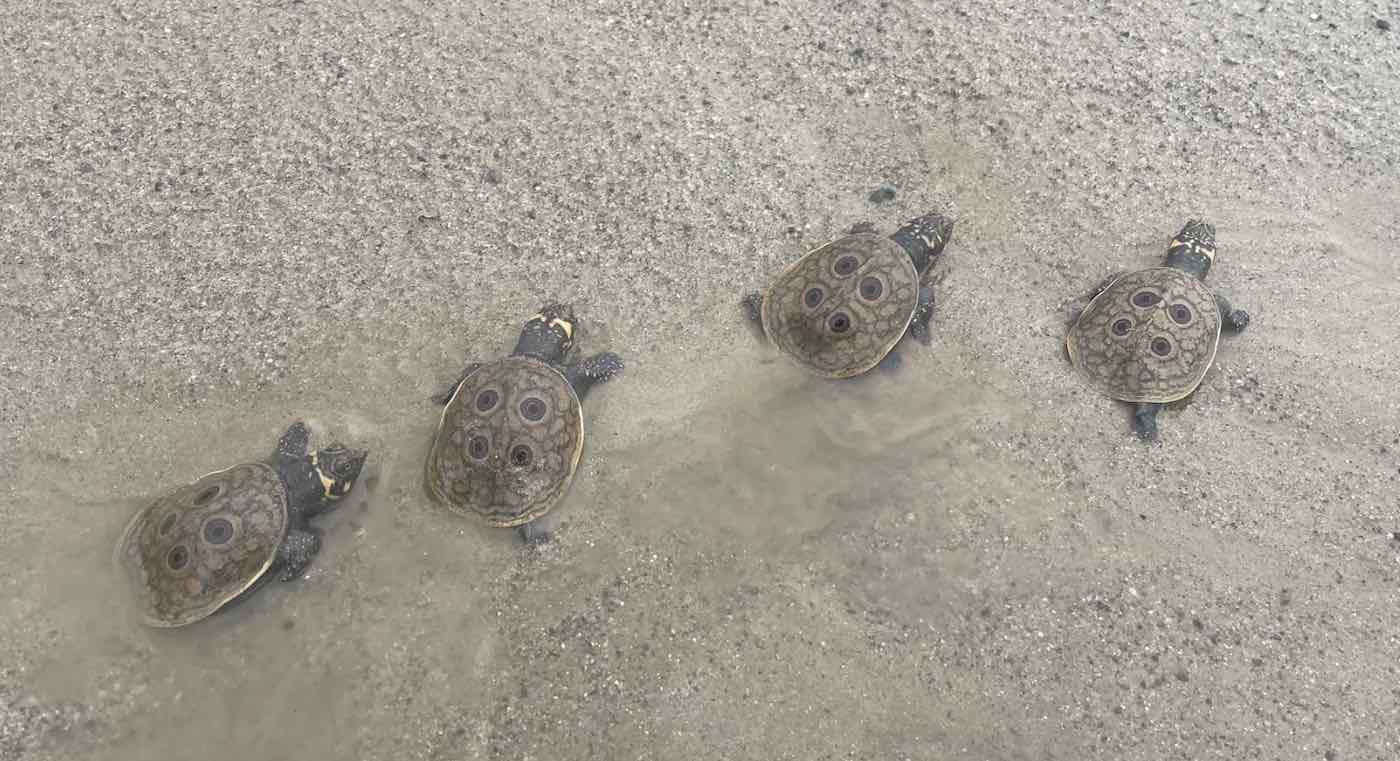Earless Dragon Feared Extinct is Rediscovered After 50 Years in Australia
Last sighted in 1969, a tiny lizard from Queensland has been rediscovered by scientists who now hope to act fast to ascertain its numbers.

This little fellow is the Burmese peacock softshell turtle, and he's sitting here in the hands of one of the first humans to ever hatch them in captivity.
As one of the most endangered freshwater turtle species on the planet, it's hoped the 15 hatchlings will go a long way towards preserving these beautiful reptiles for future generations of Myanmar's people.
The breeding program was undertaken by the conservation group Flora and Fauna International along with support from local volunteers and knowledge keepers around Myanmar's Indawgyi Lake, one of the largest freshwater lakes in Southeast Asia.
The locals, trained by FFI, nominated "turtle guardians" to patrol the shores and look for nesting areas—of which they found 5 in the 2022 breeding season. They fenced them off and kept regular watch over them.
According to the conservation group, the video of the turtles hatching is the first known recording of the species born in the wild.
Amazing discovery: just-hatched Burmese peacock softshell turtles in Myanmar.
— Fauna & Flora (@FaunaFloraInt) June 14, 2023
Our team collected the turtles in order to gather vital data on the species. They have since been released into the wild during a small ceremony held in the presence of the community. pic.twitter.com/wSKFJE8kYA
Amazing discovery: just-hatched Burmese peacock softshell turtles in Myanmar.Our team collected the turtles in order to gather vital data on the species. They have since been released into the wild during a small ceremony held in the presence of the community. pic.twitter.com/wSKFJE8kYA
FFI has worked around Indawgyi for many years, and was instrumental in its designation as a UNESCO Biosphere Reserve in 2017. Home to 160 endemic birds, the lake also hosts fish, reptiles, primates, and mammals unique to the area.

The Burmese peacock turtles are named for the orange spots on their shells reminiscent of peacock feathers. They are considered a delicacy in the poverty-stricken country, and have been overhunted.
SHARE This Encouraging Conservation News With Your Friends…
Be the first to comment